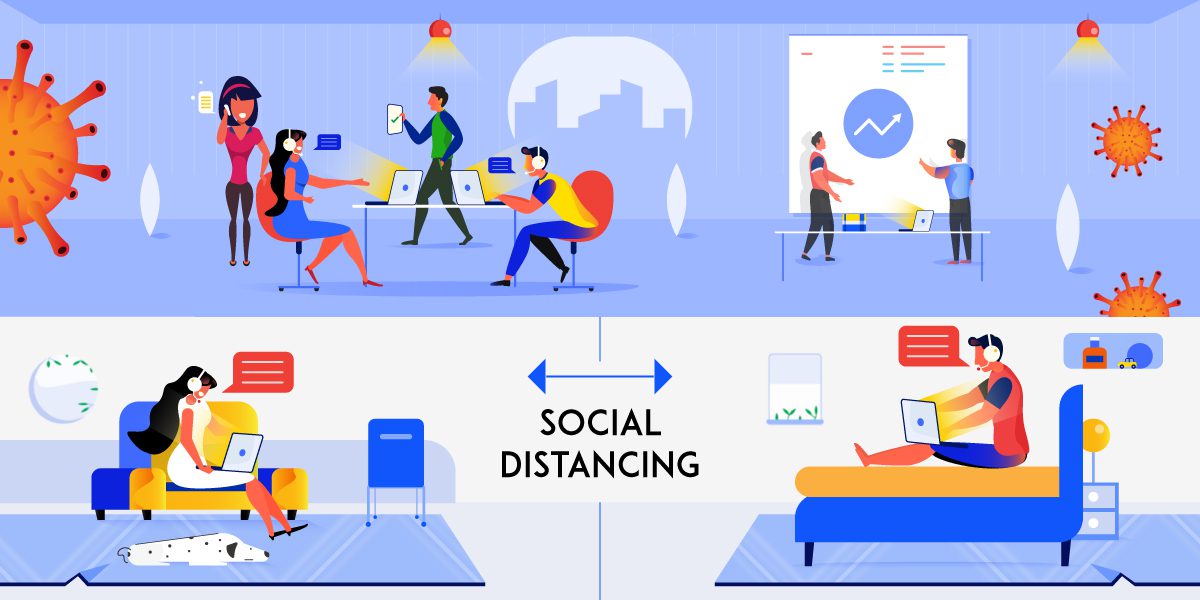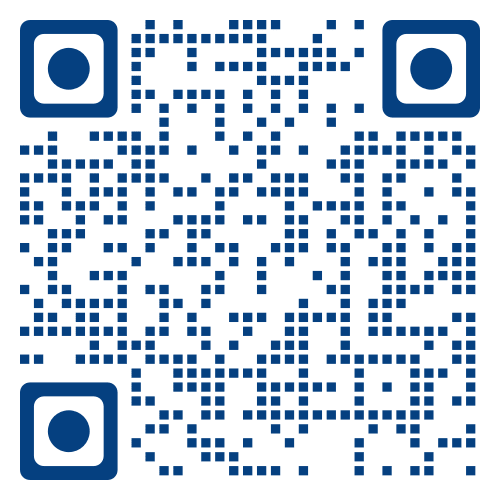
There are many things we can do to prevent the spread of COVID-19 (coronavirus): washing our hands, coughing into our elbows, avoiding touching our faces, staying home if we’re feeling sick and most importantly social distancing.
Enough has been said about ‘flattening the curve’ or slowing the spread and how it can help reduce stress on medical facilities. Public Health Officials have said that one of the most effective methods of slowing this spread is ‘Social Distancing’ i.e. limiting the gathering of people and their movement. As organizations, one important thing we can do to help with this is by enabling Work from Home or WFH. While this may be easy for some departments like Engineering, others such as Call Centre support and Operations can be difficult to migrate. At Porter, we wanted to ensure that every employee, regardless of the department and function has the ability to WFH when needed. The biggest challenge to achieve that goal for us was our large Customer Support team.
Since logistics is a traditional business and the fact that our core customer base (both customers and driver-partners) are not very tech-savvy, a lot of resolution happens with the intervention of Call Centre employees. Any hindrance in our Call Centre operations would create a lot of friction with the platform. Therefore, we wanted to ensure that the WFH experiment for Call Centre employees is given enough time to stabilize.

Migrating Call Centre to WFH was not an easy process and in order to facilitate this we had to make a lot of decisions. We started this experiment with 50 Call Centre employees and ensured the following things were taken care of:
1. Right Environment at home to enable work.
We did a survey with our Call Centre employees to identify how many of them had the right environment at home to work peacefully and ~ 30% do not have the right environment. To solve this problem, we did an internal matchmaking and figured out if other employees or our staff who live near the employees with these problems can accommodate them in their homes. They would still have to get out of their homes but we ensured that these makeshift arrangements were not too far from their own homes.
2. Infrastructure availability.
In the same survey we did for assessing the right environment, we also checked how many had the required infrastructure in terms of laptop and a high-speed internet connection and we got to know that only ~50% had them. To overcome this, we rented laptops and procured dongles so that work could be enabled.
3. Telephony services to handle calls.
The biggest challenge was to figure out how we would enable the call forwarding on the Call Centre employees mobile at a remote location. We currently use a hosted dialer solution to manage our inbound call volumes in our offices. We looked at the options of ‘Call Forwarding through our own hosted dialer’ and other ‘Cloud based telephony options’.
We went ahead with our own dialer as it is more regulated and gives us complete visibility & real-time control over employees’ activity such as live barging, live coaching, Queue monitoring, Login & Break monitoring, Conference call, CSAT, IVR transfer, Reports & Call Recordings which the cloud-based option did not give to the same degree. Additionally, the employees would have taken more time to get acquainted with the cloud-based option which would have increased our average call handling time thereby reducing our efficiency.
Even though both this option meant that we would incur additional telecom cost for call forwarding, we still went ahead with it keeping in mind the safety of our employees
4. Data Security and Access Controls
Data security also becomes critical when remote access is enabled but luckily for us our systems like CRM and other dashboards are built in such a manner that a limited role-based access can be initiated. This way the data that doesn’t match with employees job description can’t be viewed. We evaluated data requirements for every role in the organisation and made necessary modifications to the roles. We also added advanced monitoring of their actions to prevent fraud.
5. Productivity and Manpower management
This is one area WFH helped, as our Workforce Managers could take requests from everyone about their preferred timings and even our women employees could do late evening shifts. We also noticed no change in the productivity measurements of the 50 Call Centre employees doing WFH when compared to those working from office since the experiment started.
Some of the metrics that we have used for gauging efficiency are Login hours, Average Handling Time of call, # calls served, quality of resolution provided.
Lastly, to ensure that this is a continued success as we don’t know how long we will have to do this, we are ensuring that:
- Teams are created and available on WhatsApp, Zoom, Hangouts and Conference bridges to enable effective coordination & communication.
- Training is driven by taking online tests & correcting the understanding of agents on the basis of the answers given.
- Empowering Leads to take decisions on their own.
- Increasing the size of the audit sample by appointing senior agents with good knowledge as temporary Quality Auditors.
Enabling WFH for Call Centre was the biggest challenge for us and will remain the biggest challenge for most organisations. We were able to do this because the leadership team and the support teams like Call Centre IT teams, Call Audit & Training teams are working additional hours to make this a success and thereby making sure that everyone stays safe and does their bit to mitigate this threat of COVID-19
Please Note:
As we write this, 50% of our 400 strong CC staff are already working from home. The plan is to ensure that WFH is enabled for all CC employees by the weekend.

